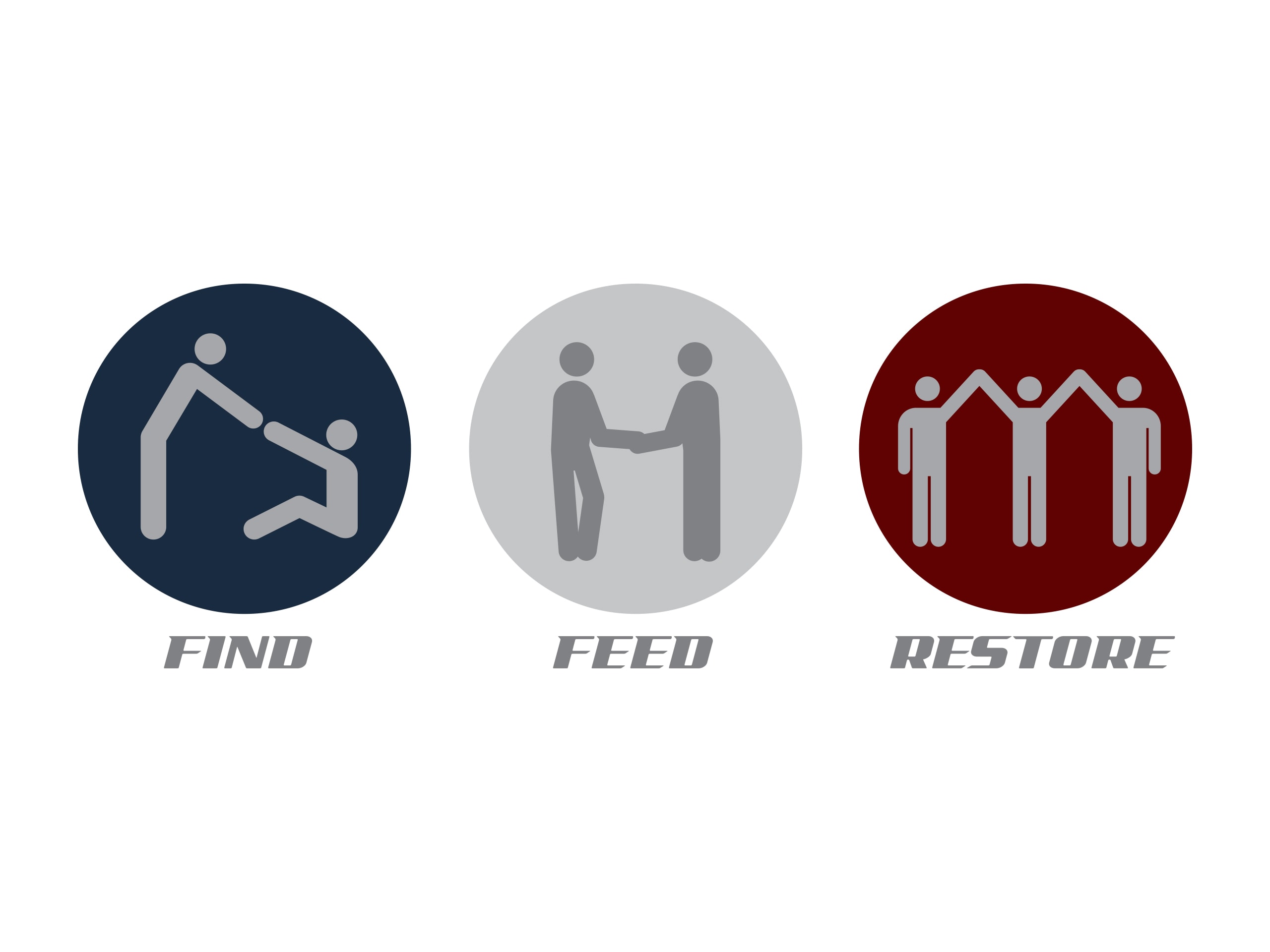College Savings Programs … What You Should Know!
College savings programs can help parents save money as well as provide certain tax benefits. The sooner you begin saving, the less money you will have to put away each year. There is never a bad time to put money aside.
Maybe your children are just starting school, maybe they are starting college, maybe they are not planned yet or maybe they are finished. Whatever your current situation is, there may be tax benefits or savings for you or someone close to you.
Two types of college savings programs are the Qualified Tuition Programs (QTPs) or Coverdell Education Savings Accounts (ESAs).
Qualified Tuition Programs, also known as 529 plans, are often the best choice for many families. These programs are set up by the state or by an eligible educational institution that allows taxpayers to contribute to either a fund that prepays qualified educational expenses or a savings account for a designated beneficiary, which can be the account owner. The designated beneficiary can be changed at any time. Earnings grow tax-deferred, but distributions that pay for qualified educational expenses are tax-free. There are no contribution limits, except that it cannot be greater than the anticipated qualified educational expenses. Distributions of earnings that do not pay for qualified educational expenses are taxable income and subject to penalties.
A 529 plan can be either a prepaid tuition plan or a savings plan.
There are 2 types of prepaid tuition plans. One type is offered by either a public college or university within the state that allows the child to select any college or university within the state. If the child selects a private school or one that is out of the state, then the child can still receive the proceeds of the prepaid plan. The other type of plan is offered by an association private colleges and universities, which can be used to pay for expenses at any one of those colleges or universities. There is no restriction on the location of those institutions by state.
In a 529 savings plan, money is contributed to the savings plan and both the principal and any earnings may be used to pay for an education at a qualified institution and can be used to pay for expenses at any college or institution, regardless of its location. Certain states offer tax savings if a resident chooses a plan offered by the state. A family that lives in Pennsylvania can select a plan offered by California to pay for an institution located in Florida.
A Coverdell education savings account (ESA) is a trust or custodial account that is set up expressly to pay the qualified educational expenses of a designated beneficiary. This type of account was formally known as an Education IRA, because the earnings grow tax-free and the portion of earnings that is distributed and used to pay qualified educational expenses is also tax-free. However, unlike a traditional IRA, the contributions are not tax-deductible. All contributions must be made in cash and deposited before the beneficiary reaches 18 unless the beneficiary has special needs, in which case, there is no age limit.
The contribution deadline for any given year is by the due date of the return for that year, not including extensions. A contribution made before the due date of the tax return can be allocated to the previous year, in which case, the contribution is deemed to have been made on December 31 of the previous year.
The contribution limit for any designated beneficiary is $2,000, not including rollovers, even if the contributions were made by different individuals. Anyone can establish and contribute to a Coverdell ESA, including the child. An account may be established for as many children as you wish; however, the amount contributed during the year to each account cannot exceed $2,000. Contributions can be made to both a Coverdell ESA and a Qualified Tuition Program in the same year for the same beneficiary. The beneficiary will not owe tax on the distributions if they are less than a beneficiary’s qualified education expenses at an eligible institution.
There are phase-out limits that apply, based on the taxpayer’s adjusted gross income (AGI).
A 6% excise tax will be applied to any excess amount over $2,000 for any individual beneficiary for each year that there is an excess. The excess can be reduced by a distribution to pay for qualified educational expenses, or by contributing less than the $2,000 maximum in succeeding tax years. The penalty can be avoided altogether if the excess contributions and any associated earnings are withdrawn before June 1 of the following year. The withdrawn earnings are taxable to the taxpayer who made the excess contribution. The excise tax does not apply to any rollover contribution.
Distributions from a Coverdell ESA are not taxed if used to pay qualified educational expenses, even for designated beneficiaries who are only part-time students, since there is no minimum number of courses that need to be taken in order for the distribution to be tax-free. If the distribution exceeds such expenses, then the earnings that are allocable to the excess amount is taxable to the beneficiary.
Qualified educational expenses are for elementary and secondary educational institutions, kindergarten through grade 12, and postsecondary educational institutions, such as colleges or universities, that participate in the student aid programs administered by the US Department of Education. The institution can be public, private, or religious.
When choosing a plan, there are several criteria that should be considered. You need to consider all your options and speak to your financial advisor as to what might be the best plan for you. If you do not have a financial planner I can recommend some to you.
Tax Credits
There are two major education tax credits available to help offset the costs of higher education: The American Opportunity Credit and the Lifetime Learning Credit.
The American Opportunity Credit applies only to the first four years of post-secondary school education (university, college, vocational school, nonprofit and for-profit institutions). You can claim up to $2,500 per eligible student, per year. The credit covers 100% of the first $2,000 of qualified tuition, required fees, and qualified expenses, plus 25% of the next $2,000. 40% of the credit is refundable, so you may receive $1,000 per eligible student as a tax refund even if you owe no tax. Each student for which you claim the credit must have been enrolled at least half time for at least one academic period which began during the Tax Year. You may claim the credit for education expenses you paid for yourself, your spouse, or your dependent; but you may not take the credit for yourself if you are claimed as someone else’s dependent. Qualified expenses include tuition and required fees, books, supplies, equipment, and other required course materials (but not room and board). Any felony drug conviction by the end of the tax year disqualifies the student from receiving this credit.
If you, your spouse, or your dependents do not qualify for the American Opportunity Credit, you may still be able to claim the Lifetime Learning Credit.
The Lifetime Learning Credit applies to undergraduate, graduate, and professional degree courses, and even to post-graduate courses that help improve your job skills. The credit is available for any and all years of post-secondary education, and also for adult and continuing education courses. There is no limit on how many years you can claim the credit. There is no minimum enrollment requirement. The amount of your credit will be 20% of the first $10,000 of combined post-secondary tuition and fees you paid, totaling no more than $2,000 (per year, not per student). The Lifetime Learning Credit is not refundable, so it will not be paid to you in a refund–it simply decreases your tax liability. You may claim the credit for qualified expenses you paid for yourself (if you were not claimed as a dependent), your spouse, or your dependent. Qualified expenses include tuition, fees, books, supplies, equipment, and other course materials as long as they are required (room and board is not included). Felony drug convictions do not make the student ineligible.
You cannot claim both the Lifetime Learning Credit and the American Opportunity Credit for the same student in the same year, but you can claim one credit for one student and the other credit for another student.
Each credit does have phase-out limits, based on the taxpayer’s adjusted gross income (AGI).
I know it can be confusing, but denisecalderon.com is here to help! If you have questions, call me at 407-559-1047.









